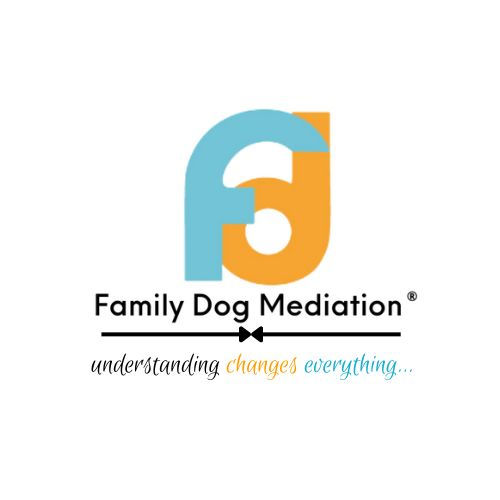Let Dogs Be Dogs: Why Natural Behaviours Matter
- houndsretreat25
- Sep 10
- 3 min read
Our dogs do so much more than share our homes — they experience the world in their own unique ways. For them, happiness isn’t just about full bowls and cosy beds. It’s about getting the chance to sniff every corner, dig into the dirt, chew to their heart’s content, or simply sprawl out in the sun. These little moments aren’t extras; they’re the building blocks of a dog’s wellbeing.
When those needs are met, dogs:
Feel calmer and more balanced
Relieve boredom and stress
Stay physically strong and mentally sharp
Build emotional resilience
Recover more easily from anxiety or trauma
But when instincts are stifled, frustration builds. Chewing shoes, digging up gardens, or barking excessively aren’t signs of “bad behaviour” — they’re signs of unmet needs.
The Beauty of Behavioural Diversity
One of the best signs a dog is living well is variety — seeing them express all the quirky, natural behaviours that make dogs, well, dogs. You might catch your dog:
Sniffing every blade of grass
Trotting around with a toy as if to say, “Look what I’ve got!”
Hiding a bone or stashing a favorite toy for later
Play-stalking and pouncing when playing
Rolling, wiggling, and soaking up all the sensory joy of the moment
Wrestling or chasing with a buddy in happy back-and-forth play
These everyday moments aren’t just cute — they’re proof your dog’s needs are being met. On the flip side, if a dog seems stuck in the same behaviours — pacing, over-grooming, or lying around with little spark — it can be a sign something’s missing in their wellbeing. Sometimes it’s a lack of enrichment, but it can also point to an underlying health issue, so a check-in with your vet is always a good idea.
Understanding the “Why” with L.E.G.S.
Dog behaviour doesn’t just happen out of nowhere — there’s always a reason behind it. Kim Brophey’s L.E.G.S. model is a simple way to understand what drives our dogs and what they need to feel their best:
Learning – Past experiences shape how a dog feels and acts. For example, a dog who’s been discouraged from sniffing might give up on it, even though the need is still there.
Environment – Where a dog lives and what their daily routine looks like has a huge impact. An dog living in an apartment may not have a garden to dig in, but we can still give them fun alternatives.
Genetics – Breed tendencies run deep. Terriers love to dig, retrievers love to carry, hounds love to sniff — these instincts aren’t “optional,” they’re part of who they are.
Self – Every dog is an individual. Their age, health, and unique personality all shape how their needs show up.
When you look at behaviour through this lens, it’s not about “good” or “bad.” It’s simply your dog being themselves — influenced by their learning, environment, genetics, and individuality.

Enrichment: Turning Instincts Into Outlets
Enrichment is all about giving dogs healthy, safe ways to express their natural behaviours — instead of shutting those behaviours down.
Sniffing & Foraging → snuffle mats, scatter feeding, treat trails
Chewing → safe chews, Kongs, tough toys
Digging → a sandbox or digging spot filled with hidden treasures
Exploring → sniffari walks, new environments, chances to choose the route
Playing → tug, flirt poles, fetch, or play with other dogs
Resting → quiet, cosy spots where they can fully relax
When we meet dogs where they are, their energy flows into positive activities. The “naughty” stuff — like chewing shoes or digging holes in the flowerbed — often fades because their real needs are being met.

Why It Matters
Dogs who get to be themselves are calmer, happier, and easier to live with. Supporting natural instincts reduces stress and frustration, helping our dogs become well-balanced companions.
On the flip side, when instincts are blocked, stress builds up. That’s when behaviours like nonstop barking, pacing, or destructive chewing tend to appear. These aren’t signs of a “bad dog” — they’re signals of unmet needs.
The Bottom Line
Dogs aren’t robots we can program; they’re living, feeling beings with instincts that deserve respect. The L.E.G.S. framework helps us understand the why, and enrichment gives us the how.
At the heart of it all is a simple truth: dogs need to do dog things. And when we support that, life gets better for them — and for us too!
💡 For more information and free resources on L.E.G.S., Enrichment, and Canine Wellbeing (including arthritis support), visit us at Hounds Retreat
.png)



Comments